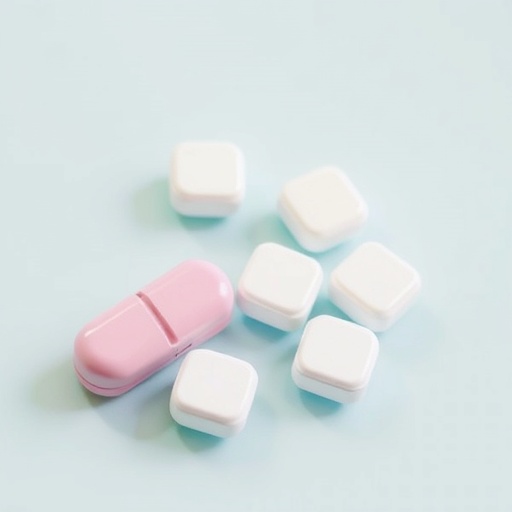Dry needling may be a viable treatment alternative to cortisone injection for patients with chronic, intermittent pain and tenderness on the outside of the hip, thus avoiding the potentially harmful effects of steroids, according to a new study published in the April 2017 issue of the Journal of Orthopaedic & Sports Physical Therapy® (JOSPT®).
Researchers at Baylor Scott & White Health in Temple, Texas, found that dry needling, which uses filament needles to stimulate sensitive loci, or trigger points, in the muscles, is as effective as cortisone injection in reducing pain and improving movement problems caused by greater trochanteric pain syndrome (GPTS). GTPS is the current term for what used to be called greater trochanteric or subgluteal bursitis. This study is the first to directly compare these two treatments for the syndrome.
The medical community once thought that a swollen hip bursa–a fluid-filled sac that acts as a gliding surface to reduce friction between moving tissues in this joint–was the source of this hip pain. This conclusion led to the use of steroid injections to the bursa to help decrease swelling and pain. However, evidence now indicates that injuries to the muscles and tendons around the hip are the actual cause of this pain, and that inflammation is often not involved, calling injecting the bursa with a steroid into question.
GTPS is estimated to affect 10% to 25% of the general population. This kind of hip pain has been reported to be more common in women and in patients with coexisting low back pain, osteoarthritis, Iliotibial band tenderness, and obesity. The study demonstrates that patients with GTPS can get similar results from dry needling as from a steroid injection.
"Evidence for dry needling of the hip in lieu of steroid injection is in its infancy," acknowledges lead author Kindyle L. Brennan, PT, PhD, with Baylor Scott & White Health. However, "this study suggests dry needling as an effective alternative to cortisone injection."
Dr. Brennan adds that, "The potential detrimental side effects of steroid injection, particularly repeated injections, are of concern for patients and providers alike." As a result, "the identification of a comparable treatment alternative with minimal side effects, such as dry needling, offers valuable clinical advantages," she says.
Dr. Brennan and her fellow researchers treated 43 patients with GPTS and a total of 50 painful hips. The patients were randomly assigned to one of two groups: one group receiving cortisone injection and the other group, dry needling. Treatments were administered over six weeks, and clinical outcomes were collected at the start of the trial and at one, three, and six weeks. The researchers measured pain and function. They also collected information about medication intake for pain in the involved hip, as well as the sex, age, and body mass index of study participants.
The baseline characteristics were similar between the two groups. The results showed that cortisone injection did not provide better outcomes than dry needling for either pain or function in patients with GTPS. Both groups experienced a decrease in pain and an improved ability to move and complete daily activities.
Dr. Brennan cautions that while this study uses a larger sample than most, further studies are warranted. In particular, participants were only followed for six weeks; additional studies over longer time periods will be important.
###
The study is titled "Dry Needling Versus Cortisone Injection in the Treatment of Greater Trochanteric Pain Syndrome: A Noninferiority Randomized Clinical Trial." Co-authors on the paper are Bryce C. Allen, MD, and Yolanda Munoz Maldonado, PhD, also with Baylor Scott & White Health. The research report's full citation is: J Orthop Sports Phys Ther 2017;47(4):232-239. Epub March 3, 2017. doi:10.2519/jospt.2017.6994
The study was approved through the Baylor Scott & White Health Institutional Review Board. Internal grant support was provided by Baylor Scott & White Health. The trial was registered at http://www.clinicaltrials.gov (NCT02639039).
For more information, please contact Dr. Brennan at [email protected], or JOSPT Editor-in-Chief J. Haxby Abbott, DPT, PhD, FNZCP, at [email protected].
About the Journal of Orthopaedic & Sports Physical Therapy
The Journal of Orthopaedic & Sports Physical Therapy® (JOSPT®) publishes scientifically rigorous, clinically relevant content for physical therapists and others in the health care community to advance musculoskeletal and sports-related practice globally. JOSPT is an independent, non-profit journal, published by JOSPT, Inc. d/b/a Movement Science Media. For more information, visit http://www.jospt.org.
Media Contact
Edith Holmes
[email protected]
571-970-1148
@jospt
http://www.jospt.org
############
Story Source: Materials provided by Scienmag




